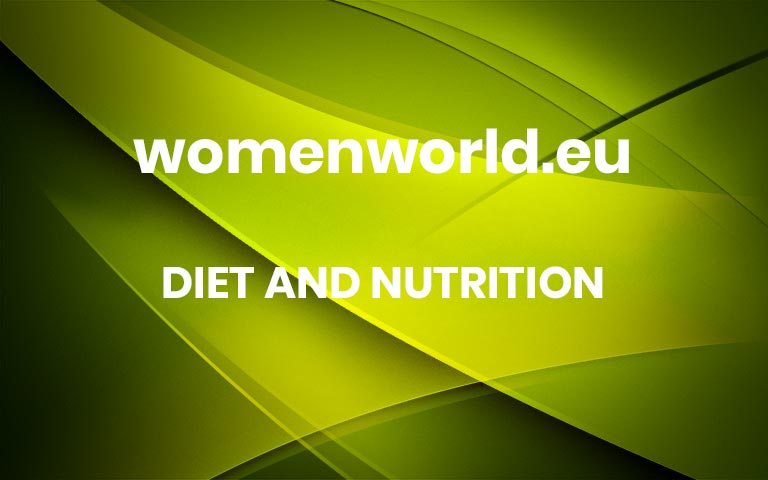How to Choose High-Quality Vitamins and Supplements
There are a lot of different multivitamins available, and not all of them are created equally. Before choosing a multivitamin, you should do your research to ensure that the one you pick is the one that will benefit you the most. Ask yourself these four questions the next time you go shopping for a multivitamin.
1. Does it offer a complete range of vitamins and vital minerals?
Multivitamins are designed to help you reach the daily recommended intake of the several micronutrients (vitamins and minerals) that your body needs to function at its best.¹
Studies have shown that the majority of us are unable to do this through diet alone, taking a multivitamin is a beneficial supplement.¹
Whether you need a daily pick-me-up or nutrient replenishment, taking a comprehensive multivitamin will go a long way toward helping you obtain sufficient levels of micronutrients in your diet.
Remember, when shopping for a multivitamin, it’s crucial to find one that offers you, the things you need.
A high-quality multivitamin offers a complete range of vitamins and minerals, including vitamins A, C, D, E, K,B vitamins (thiamin, riboflavin, niacin, B6, and B12).²
A multivitamin should also include a broad range of minerals, such as calcium, magnesium, potassium, zinc, iron, iodine, selenium, copper, manganese, molybdenum, and chromium.³
Understanding the jumble of letters, figures, and micrograms relating to multivitamins can be exhausting. Fortunately, once you learn how to read labels, buying a multivitamin becomes simple. Supplement labels list ingredients in ascending order of predominance. Steer clear of multivitamins that contain a long list of additives.
2. Is it stimulant-free?
High-quality multivitamins should be free of stimulants. Stimulants may cause health symptoms such as depression, diarrhoea, difficulty sleeping, fatigue, dizziness, and difficulty concentrating.⁴
3. Does it have the appropriate daily values of ingredients?
If you’ve chosen a multivitamin tablet with the required recommended daily allowance, you know you’ve made a great choice. Be sure to examine the ingredients in other supplements you are taking to prevent excessive intake of nutrients.⁵
4. Does it offer a complete solution?
In recent decades, the use of nutritional supplements has rapidly increased.6 One-third of adults and half of the population (⟩55 years of age) report taking at least one supplement per day.⁶
Multivitamins come in a wide variety of formulations and forms. The key to getting all the benefits from your multivitamin is ensuring you’re buying a good quality one and taking it daily.
Whether you want to support your brain health, relieve stress and anxiety, or just rev up your energy, staminaand immunity, BIOPLUS® VIT-ALITY DAILY NUTRI-PACK⁷ offers a complete solution.
Get All The Essentials You Need In One Daily Dose!
Not sure which supplements to take? Leading pharmaceutical company Adcock Ingram (Pty) Ltd have a daily vitamin and mineral supplement range, BIOPLUS® VIT-ALITY.
Consider BIOPLUS® VIT-ALITY DAILY NUTRI-PACK⁷. Complete from a-z, BIOPLUS VIT-ALITY DAILY NUTRI-PACK is a health supplement in a conveniently packaged blister designed to provide you with a daily dose of antioxidants, omega 3, probiotics, vitamins and minerals.⁷
The BIOPLUS® VIT-ALITY range is available at selected Dis-Chem and Clicks stores, as well as selected independent pharmacies nationwide. For more information, visit: https://www.adcock.co.za/ProdVitamins/Bioplus and join the conversation on Facebook.
*In Partnership with Adcock Ingram (Pty) Ltd
2022102810238696
References:
1. National Institutes of Health. Multivitamin/mineral Supplements. Available at: https://ods.od.nih.gov/factsheets/MVMS-Consumer/. Last accessed September 2022.
2. Liebman B. What should your multivitamin contain? Centre for Science in the Public Interest. Available at:https://www.cspinet.org/article/what-should-your-multivitamin-contain. Last accessed October 2022.
3. Cleveland Clinic. 9 Vitamins and Minerals You Should Take Daily. Available at: https://health.clevelandclinic.org/which-vitamins-should-you-take/. Last accessed September 2022.
4. Vo K, Neafsey PJ, Lin CA. Concurrent use of amphetamine stimulants and antidepressants by undergraduate students. Patient Prefer Adherence. 2015 Jan 22;9:161-72. doi: 10.2147/PPA.S74602. PMID: 25653508; PMCID: PMC4309786. Available at: https://www.ncbi.nlm.nih.gov/pmc/articles/PMC4309786/. Last accessed October 2022.
5. Blumberg JB, Bailey RL, Sesso HD, Ulrich CM. The evolving role of multivitamin/multimineral supplement use among adults in the age of personalized nutrition. Nutrients. 2018 Feb 22;10(2):248. doi: 10.3390/nu10020248. PMID: 29470410; PMCID: PMC5852824. Available at: https://pubmed.ncbi.nlm.nih.gov/29470410/. Last accessed October 2022.
6. Hamishehkar H, Ranjdoost F, Asgharian P, Mahmoodpoor A, Sanaie S. Vitamins, are they safe? Adv Pharm Bull. 2016 Dec;6(4):467-477. doi: 10.15171/apb.2016.061. Epub 2016 Dec 22. PMID: 28101454; PMCID: PMC5241405. Available at: https://www.ncbi.nlm.nih.gov/pmc/articles/PMC5241405/. Last access October 2022.
7. Bioplus® Vit-Ality Daily Nutri-Pack capsules package insert. Adcock Ingram. More



